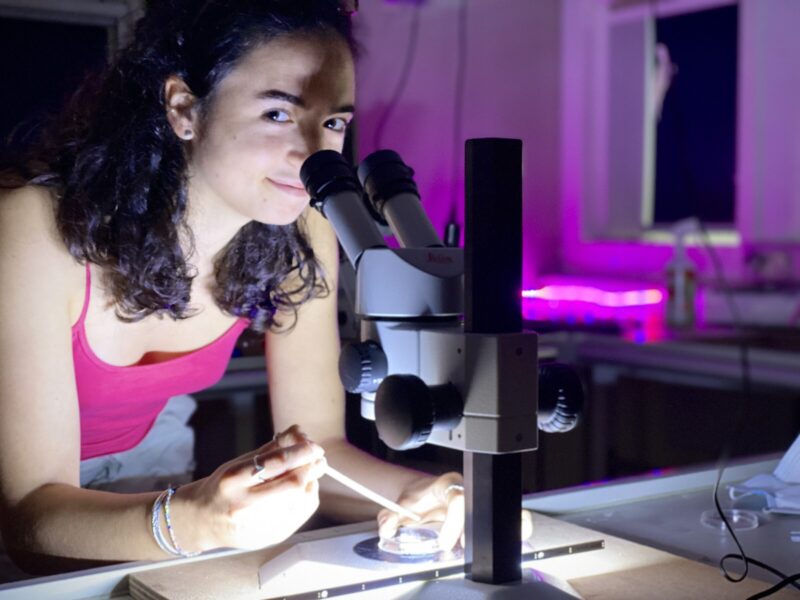Science on board

In essence, RESILIENCE is a multidisciplinary (and international) mission that will cover a wide range of measurements at sea.
Continuous fine-scale observations will be made by towing an undulating system (MVP, between 0 and 300 m) equipped with sensors of the parameters of interest. These observations will be completed by vertical profiles (CTD) in station during which water (biogeochemical measurements) and plankton (phyto and zooplankton) samples will also be taken at different depths. Modern techniques of sampling and analysis of plankton will be used on board, including continuous measurements on the surface layer (CytoSense, Fluoroprobe) and imaging on the vertical (UVP for zooplankton).
Acoustic measurements (multi-frequency sounder) will be carried out en route (echosounder) and on station (AZFP, WBat) to characterize the distribution of zooplankton and micronekton (intermediate trophic level).
They will be completed by plankton net and mesopelagic trawl hauls. The deployment – and the recovery 2 weeks later – of a mooring line (current meter and “Wire Walker”) is planned off Durban. A second mooring line (current meters and acoustic sounders) will be deployed off Bassas de India (one of the Spars Islands) for a period of one year.
“Additional themes will be addressed during the campaign: analysis of trace metals at the surface, observation of birds and marine mammals – from the ship and using in-flight devices, environmental DNA measurements, measurement of CO2 cycle parameters, study of biological connectivity (zooplankton) off the coast of South Africa, atmospheric radiosounding,” adds Pierrick Penven, IRD researcher at the LOPS and mission co-leader.
 Attention, vous utilisez un navigateur peu sûr !
Attention, vous utilisez un navigateur peu sûr !